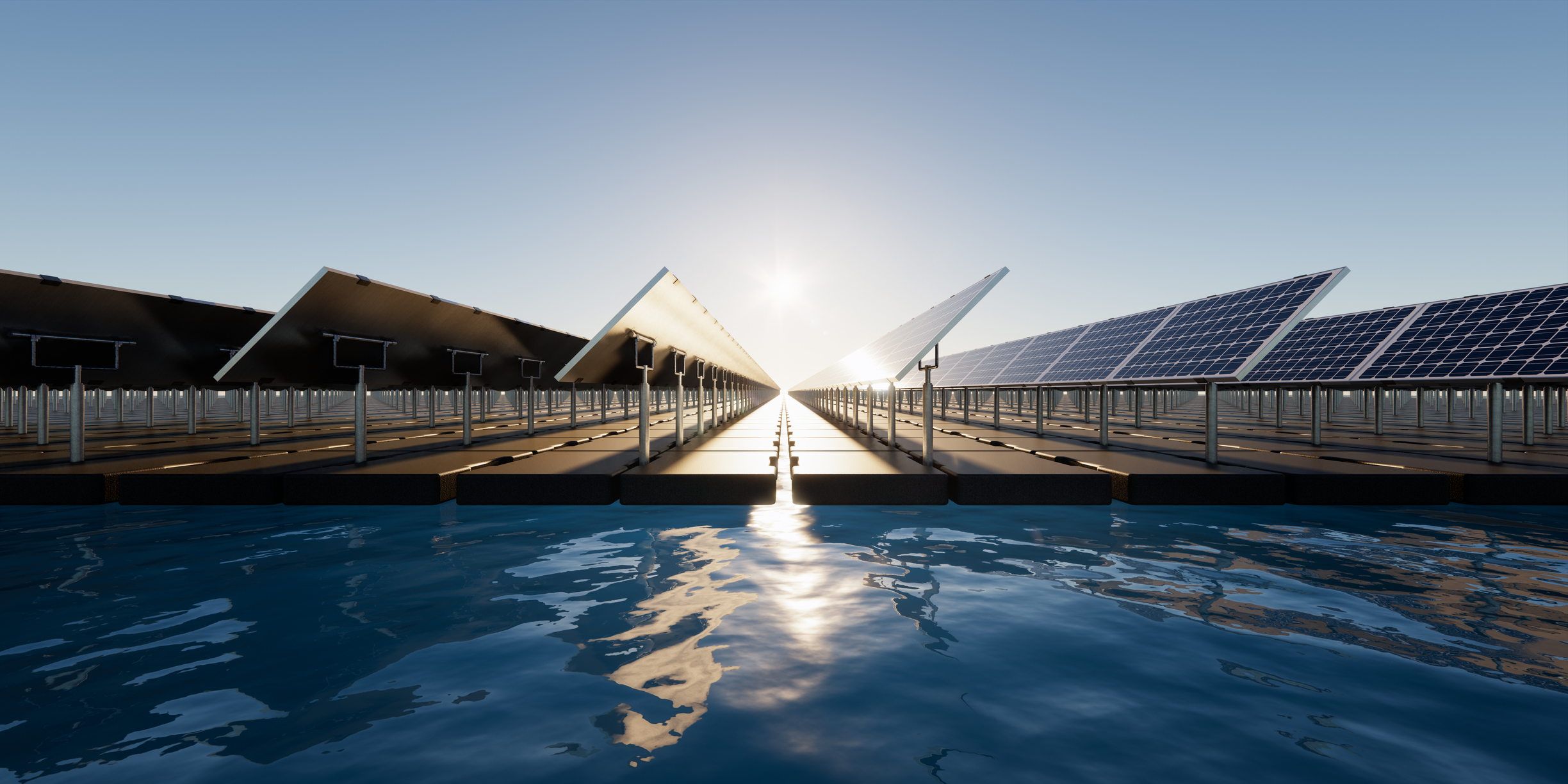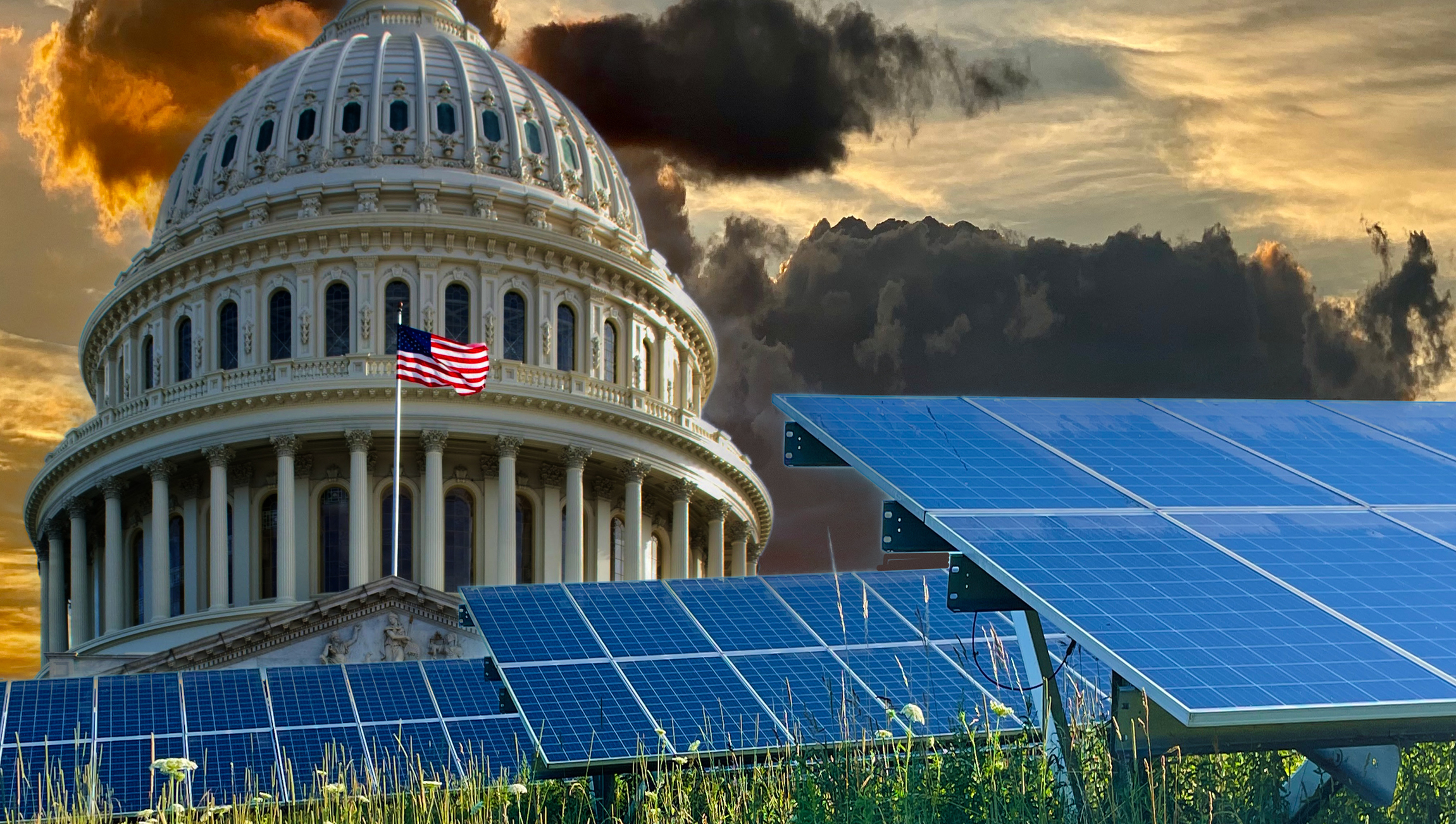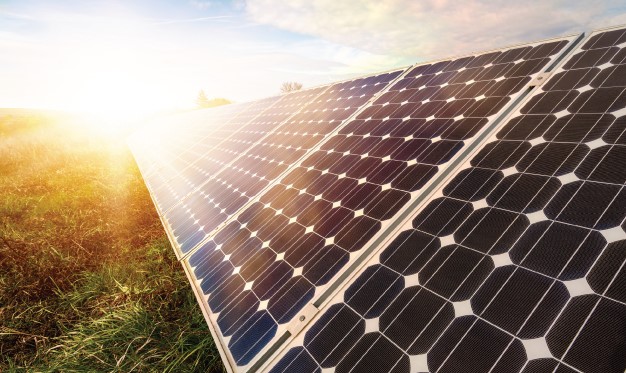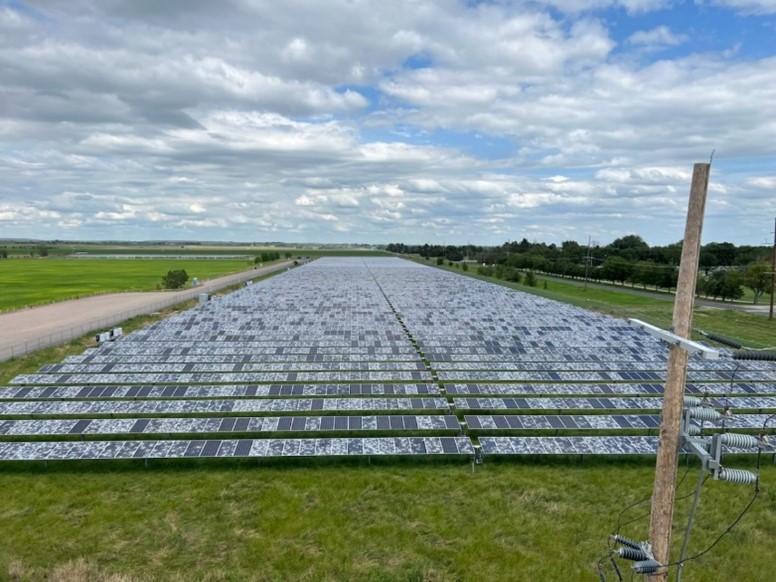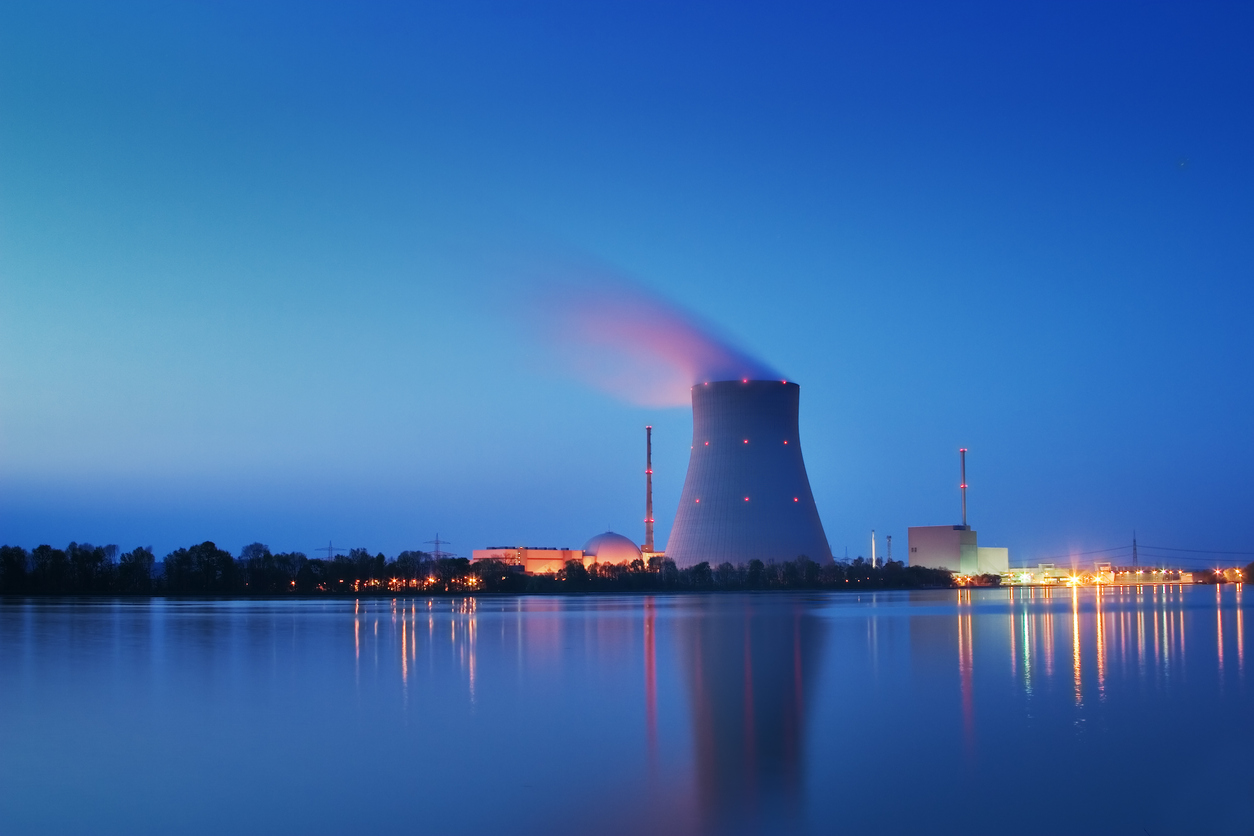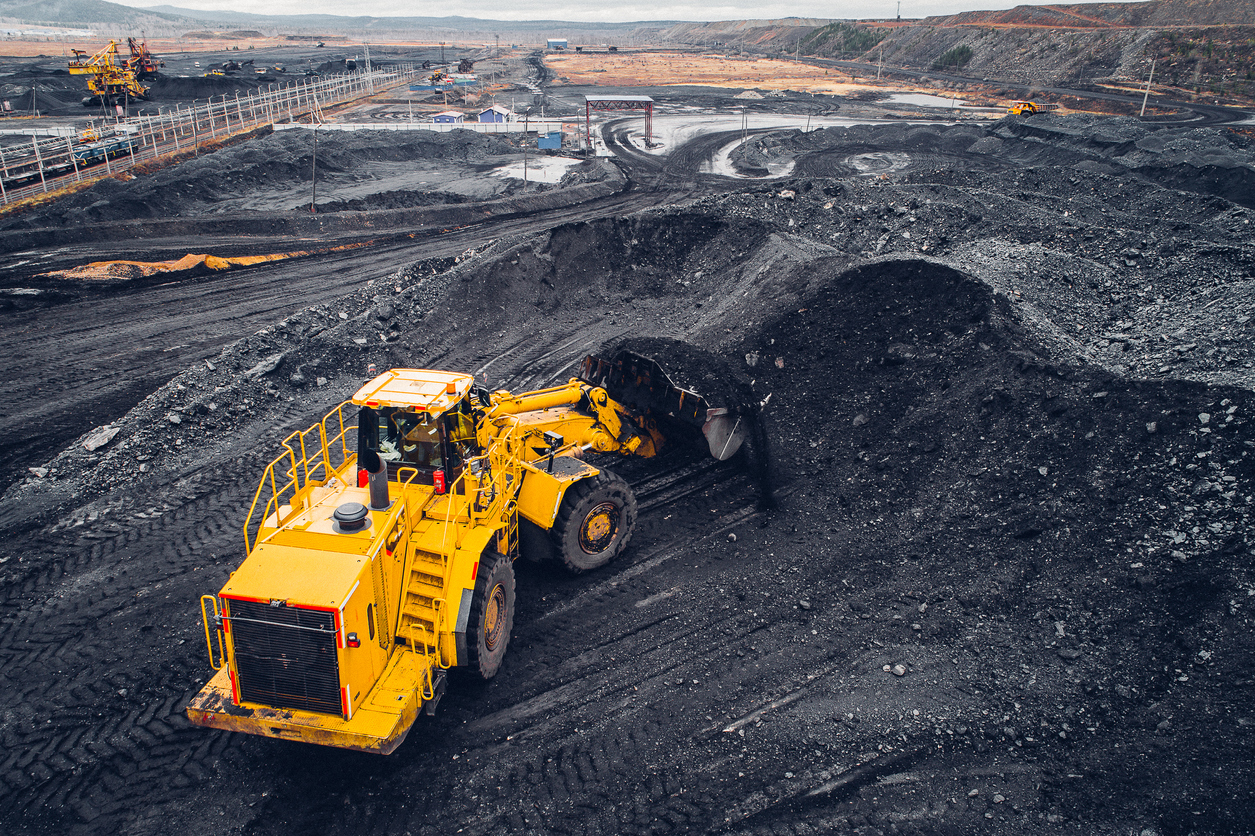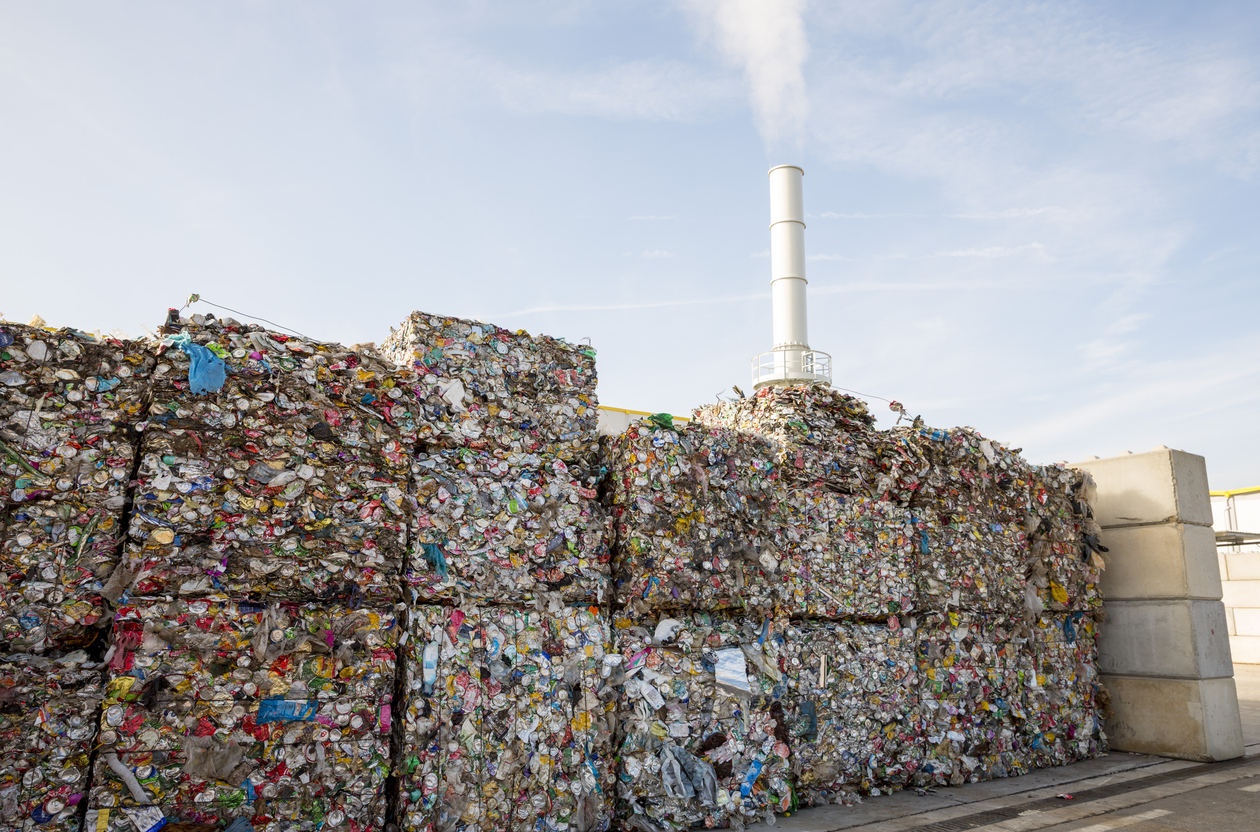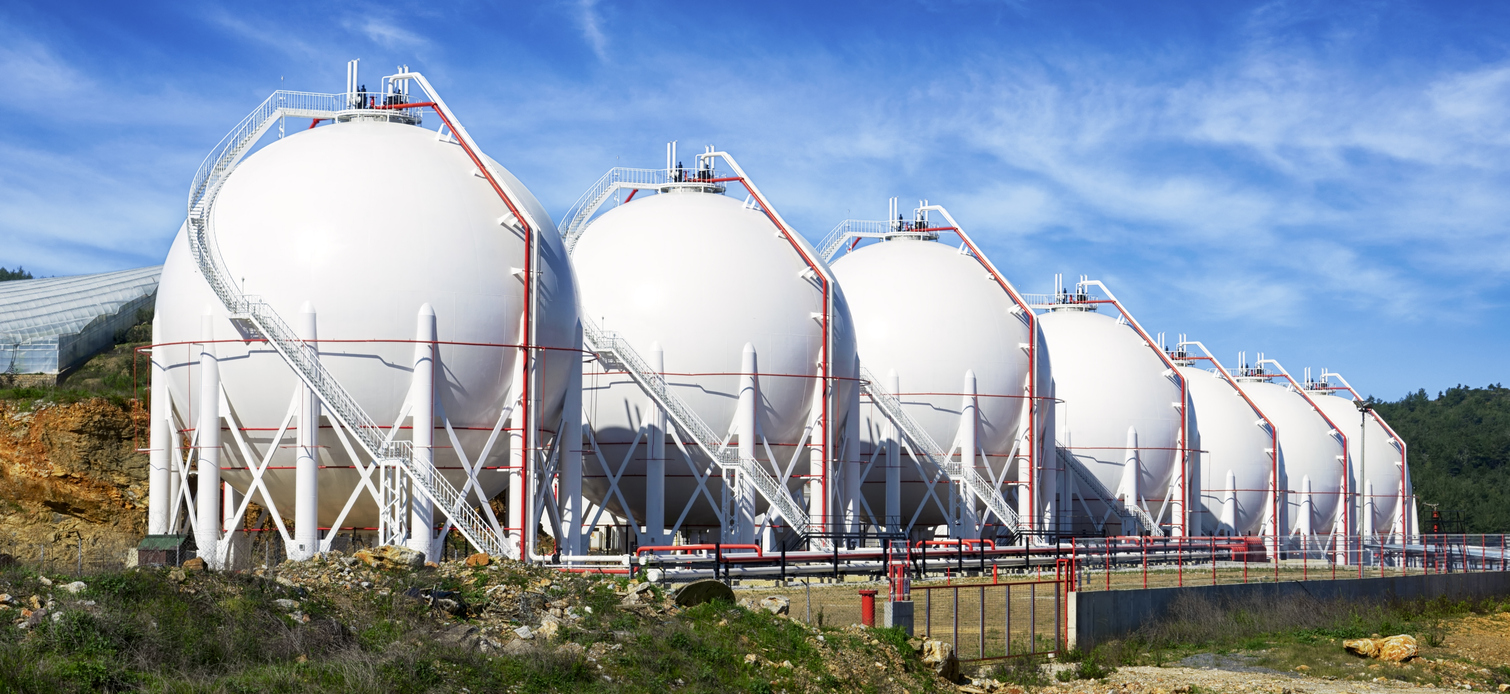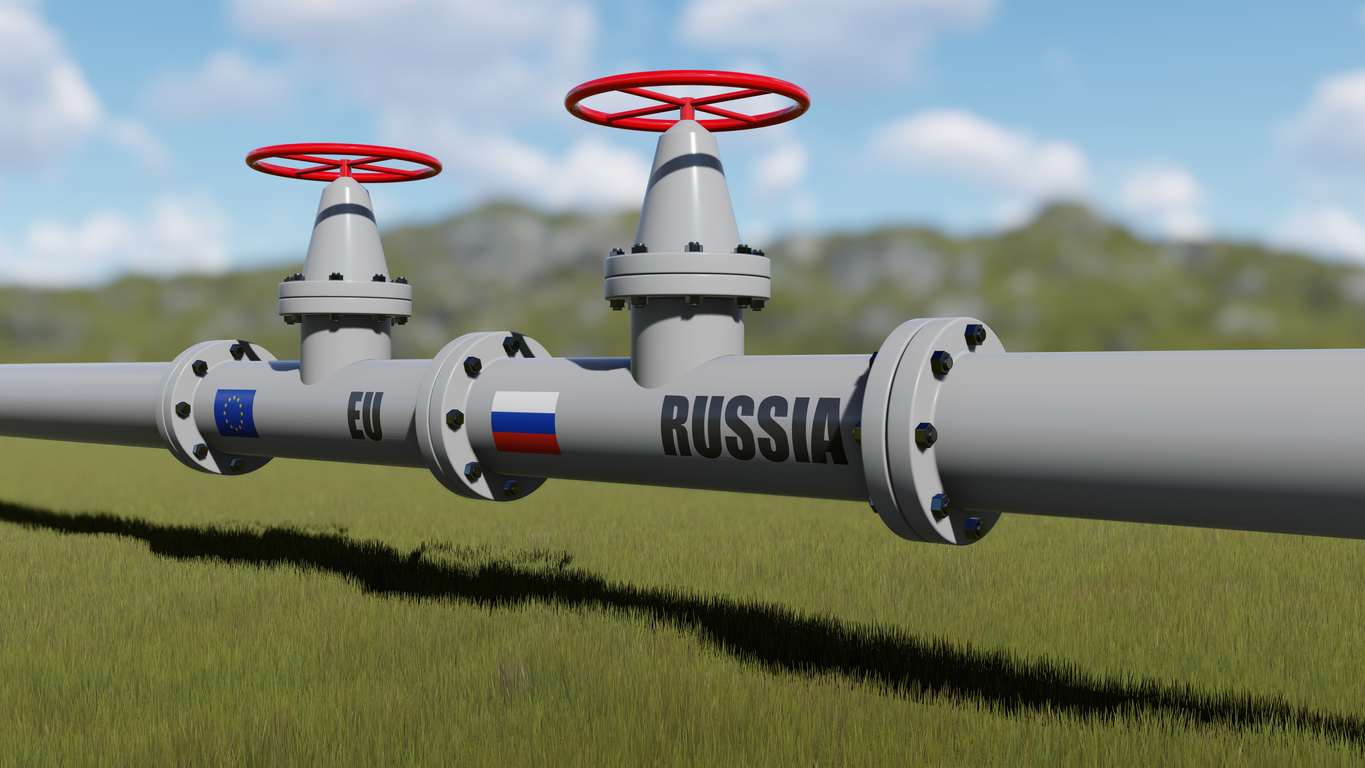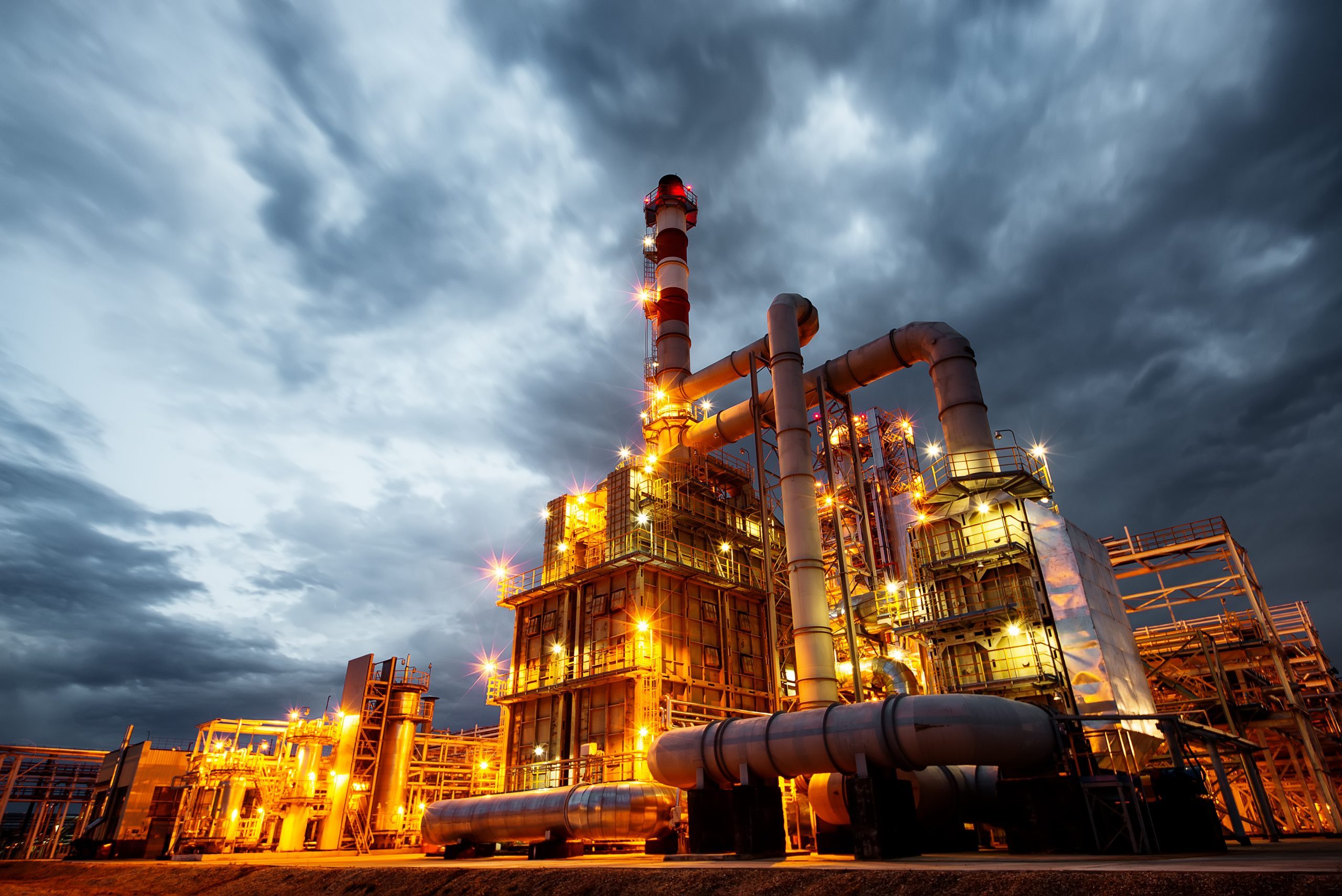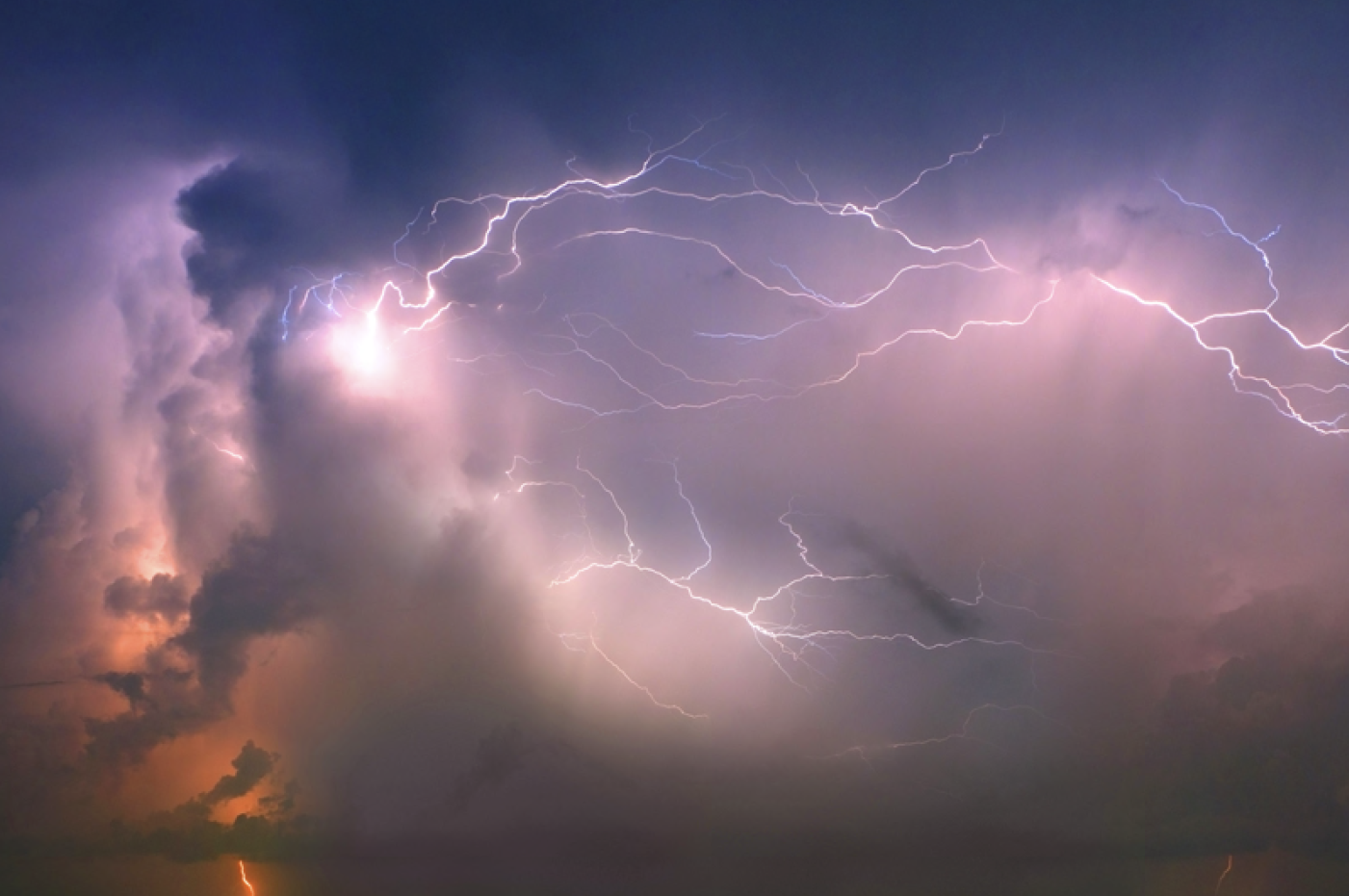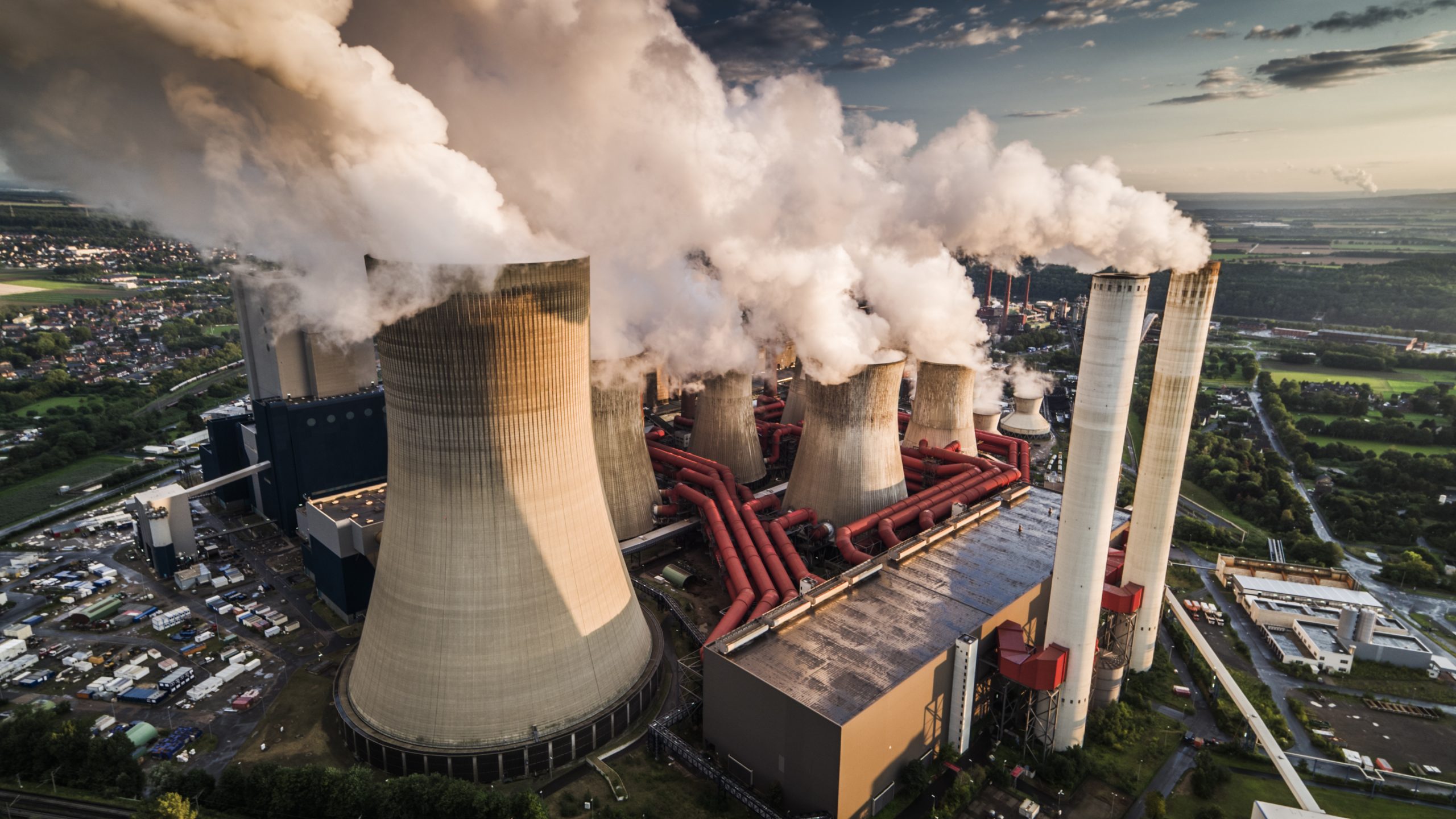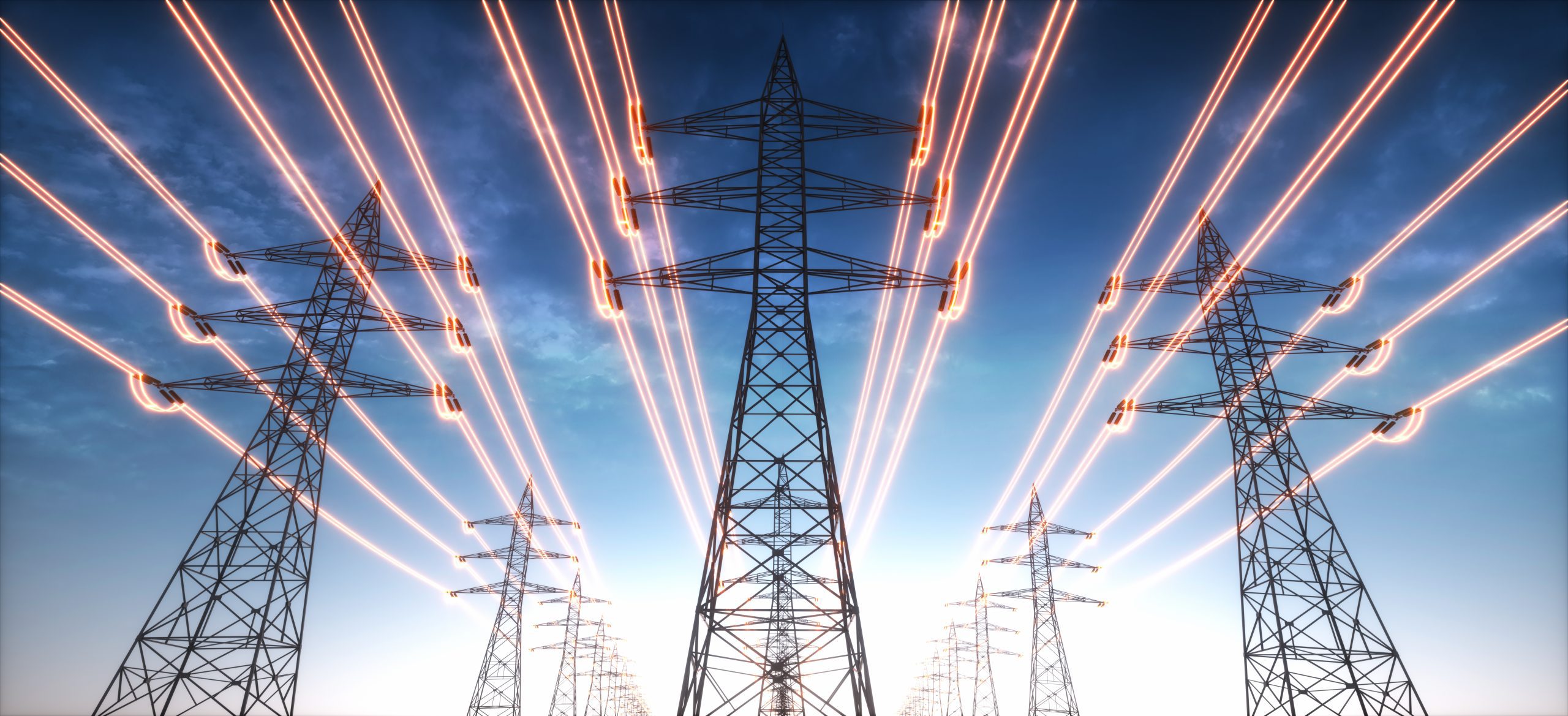Much has been said in recent times about the ever-increasing need for greater energy supply to meet the growing demand from power-hungry technologies like data centers, artificial intelligence (AI) and electric vehicles (EVs). But how are we faring in the face of this increased demand? This article summarizes recent developments and attempts to posit where we might be headed, as well as what this might mean for the insurance industry.
In the last two years, prior to U.S. President Donald Trump taking office in his second term, new power generation capacity was dominated by renewable energy. While even then it was clear that more work was needed to continue to grow the supply of renewable energy, the uphill battle has recently become more difficult, and the slope is now steeper. For example, President Trump has ordered a pause on leasing and permitting of offshore wind energy projects, frozen funding, withdrawn the U.S. from the Paris accord and is threatening to upend policies like the Inflation Reduction Act and the Bipartisan Infrastructure Law.
Renewables – To Be or Not To Be
The U.S. saw a big surge in solar energy development and battery storage projects in recent years. Solar energy projects installed in 2024 surpassed those of 2023. In addition, battery storage nearly doubled in 2024. However, the current Trump administration has placed new roadblocks to the development of renewables, particularly wind energy projects.
However, this does not seem to be the case for geothermal energy, which has gained renewed interest recently. Technological advances in geothermal technology, such as Enhanced Geothermal Systems (EGS), have resulted in lower costs and reduced construction time for these projects. Helped also by the fact that this type of energy retains bipartisan support, geothermal energy is now positioned to grow rapidly in the next few years. The Trump administration has outright expressed support for geothermal energy and has recently enacted policies to support its growth.
At the same time, the Trump administration is attempting to boost oil and natural gas production and has loosened restrictions around drilling and the exploration for rare earth minerals. Furthermore, while both offshore and onshore wind energy projects have been the target of recent actions seeking to dampen their growth, this does not seem to be the case with solar energy projects. The Solar Energy Industries Association (SEIA) reported that under President Trump’s first term, the industry grew 128%, making it now the most dominant source of new electricity generation added to the grid in the United States.
Persisting Challenges
Notwithstanding the new obstacles to renewable energy growth placed by the current administration, several challenges that have affected U.S. energy supply in the past continue to persist, such as lack of sufficient grid capacity and cost barriers, among others. These factors have slowed down the development of renewable energy. These challenges continue to exist and may even be exacerbated by cost impacts resulting from new trade tariffs.
There is a dire need to expand and update the U.S. transmission grid, particularly given projections of rapidly rising demand. It is estimated that the transmission infrastructure will need to grow by as much as 57% by 2035 to meet increased electricity demand. The U.S. is struggling to meet the increasing growth in energy demand with an aging power grid.
Aside for the need of the expansion of the U.S. power grid, there is also a need for modernization. The grid’s aging infrastructure has made it more vulnerable to extreme weather events and even potential cyber-attacks. Consider, for example, the February 2021 Texas freeze – this caused a failure in the grid after water intakes, sensing lines, turbines and various other equipment froze.
During the last administration, President Joe Biden enacted the Inflation Reduction Act (IRA) in 2022, authorizing over $300 billion in spending towards clean energy and climate change reduction strategies. Its aim was to encourage and aid in the growth of clean energy technologies. More recently, the Trump administration has taken steps to pause funding for the IRA and eliminate certain goalposts set by the act. Nonetheless, given the ramifications of the IRA and the fact that it holds certain bipartisan support, its future remains uncertain.
Shifting Focus
While President Trump appears to have shifted the country’s focus on how energy is sourced, favoring support for fossil fuels, the need for increased supply continues to remain a key issue. The Trump administration issued an executive order aimed at enhancing the reliability and security of the country’s electricity grid, mandating the Secretary of Energy to streamline the process to approve applications by generation resources seeking to operate at maximum capacity.
While the increasing demand for energy will necessitate the continued push to expand rollout of new projects (for energy generation and battery storage) and to improve aging grid infrastructure, how such expansion is sourced, will largely depend on economic forces that are in part reliant on policies that either facilitate or hamper certain projects.
So what does this mean for the insurance industry?
The growth of new projects will see a continued increase in demand for placement of construction policies (such as builders risk and delay in start-up), as well as property and business interruption policies. However, aside from the expected growth in policy placements, what remains clear is that the quantum of any risk may look very different depending on political actions.
For example, a shift to fossil fuel energy will inherently increase the cost of energy, given that this source of energy is costlier than hydroelectric, wind or solar energy. At the same time, during periods of price volatility, fluctuations in margins are more likely to be observed in renewables, since their “raw materials” are free (i.e., water, wind, sunlight).
Likewise, capital costs, and costs to repair or replace damaged turbines, are likely to increase as a result of new tariff policies. A knock-on effect might also be the disruption to supply chains. Therefore, how insureds plan today, to perhaps mitigate from future effects resulting from the economic reaction caused by policies enacted by the current U.S. administration, may help position themselves better in the case of damages or losses.
All in all, the US energy future appears to be more uncertain and will, in all likelihood, experience increased volatility in supply chain risk and value quantum.
The statements or comments contained within this article are based on the author’s own knowledge and experience and do not necessarily represent those of the firm, other partners, our clients, or other business partners.



